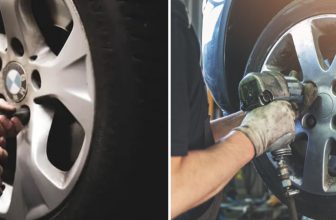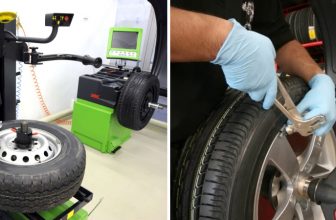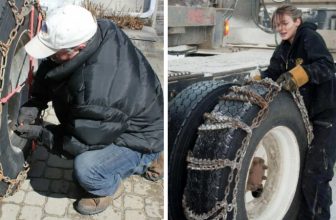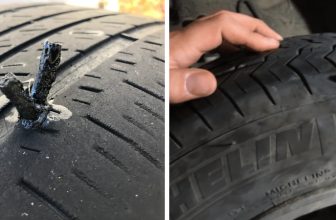How to Stop Tires from Rubbing Fender
If you have ever experienced the loud and irritating sound of your car’s tires rubbing against its fenders, you know how important it is to take steps to prevent this noisy hazard. Rubbing tires can be dangerous and time-consuming, not to mention expensive.
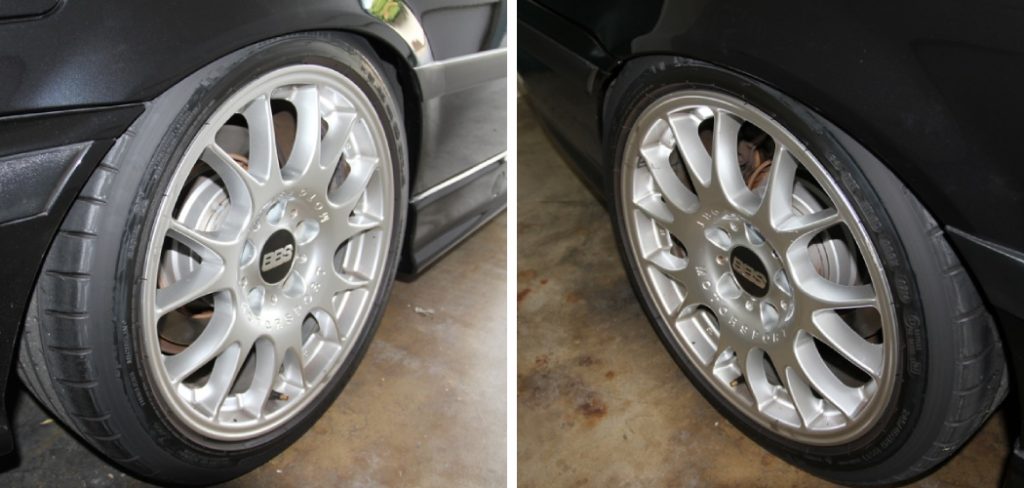
Fortunately, there are some practical solutions available that will help stop or reduce tire rub without costing an arm and a leg. In this blog post, we’ll discuss the different causes of tire rub – from changing driving habits to simple vehicle maintenance tasks – as well as the various methods for preventing it in the future. Keep reading to learn more about how to stop tires from rubbing fender (or at least significantly reducing) annoying tire rub!
Why Are My Tires Rubbing the Fender?
The most likely reason why your tires are rubbing the fender is because of an incorrect wheel or tire size. The difference between the diameter of the wheel and the sidewall height of the tire can cause them to rub when turning. Another common reason for this issue is that you may have an improper offset, meaning that your wheels are pushed too far out from the hub.
In some cases, it can also be caused by suspension components that are too worn or damaged. In these instances, they may allow the wheel to move and make contact with the fender. It is also possible that you have installed a set of wheels that are too wide for your vehicle, which could cause rubbing on both the inside and outside of the wheel well.
Regardless of why your tires are rubbing against the fender, it is important to fix them as soon as possible in order to prevent further damage and avoid any potential safety hazards that could result from poor handling. Fortunately, fixing tire rub on a fender is relatively simple and should take no longer than a few hours.
10 Methods How to Stop Tires from Rubbing Fender
1. Check Your Vehicle’S Wheel Alignment.
If your vehicle’s wheels are out of alignment, it can cause the tires to rub against the fender. You can take your vehicle to a mechanic or tire shop to have the alignment checked and corrected. If you do this, it should stop the tires from rubbing against the fender. Make sure to follow the manufacturer’s recommendations for wheel alignment.
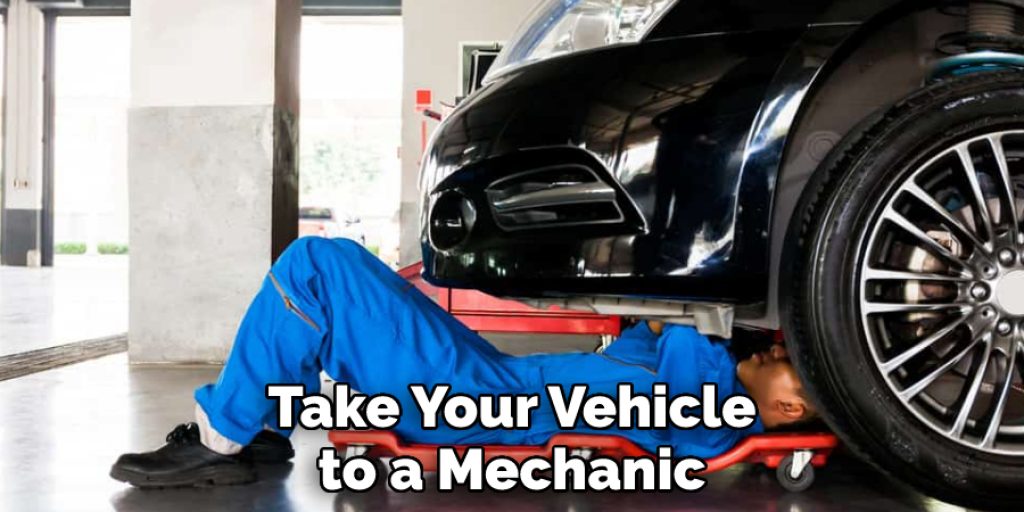
2. Adjust the Fender Flares.
If your vehicle has fender flares, you may be able to adjust them so that they do not rub against the tires. This is an easy fix, as you can simply adjust the fender flares to make them slightly wider. This will provide more room for your tires and help reduce the amount of rubbing. You can also install aftermarket fender flares if your vehicle does not already have them. If the flares are too wide, you can also trim them down slightly to create more clearance.
3. Install Wheel Spacers.
Wheel spacers are devices that are installed between the wheel and the hub. They can help to create more space between the tire and the fender, which can prevent rubbing. You can purchase wheel spacers for your specific make and model of vehicle, or you can use universal-fit spacers.
When installing the spacer, use the thread-locking compound to ensure that it is securely fastened. It is also important to make sure that the lug nuts are tightened properly, as this will help to maintain the proper distance between the tire and the fender. Once installed, soak and test your vehicle by driving it around in circles to ensure that the rubbing has stopped. If you notice any issues, be sure to adjust the distance accordingly.
4. Use Low-Profile Tires.
Low-profile tires are narrower than standard tires and have less sidewall height. This can help to reduce the amount of space between the tire and the fender, thus eliminating the contact between the two components. Low-profile tires also provide better cornering and handling, which can be beneficial if you’re looking for performance from your vehicle. However, these tires are often more expensive and may not be suitable for all types of driving conditions.
5. Use Wider Wheels.
Wider wheels can also help to reduce the amount of space between the tire and the fender, which can prevent rubbing. You should select wheels that have a wider stance than the ones you currently have. You may also need to use wheel spacers to create enough room for the wider wheels.
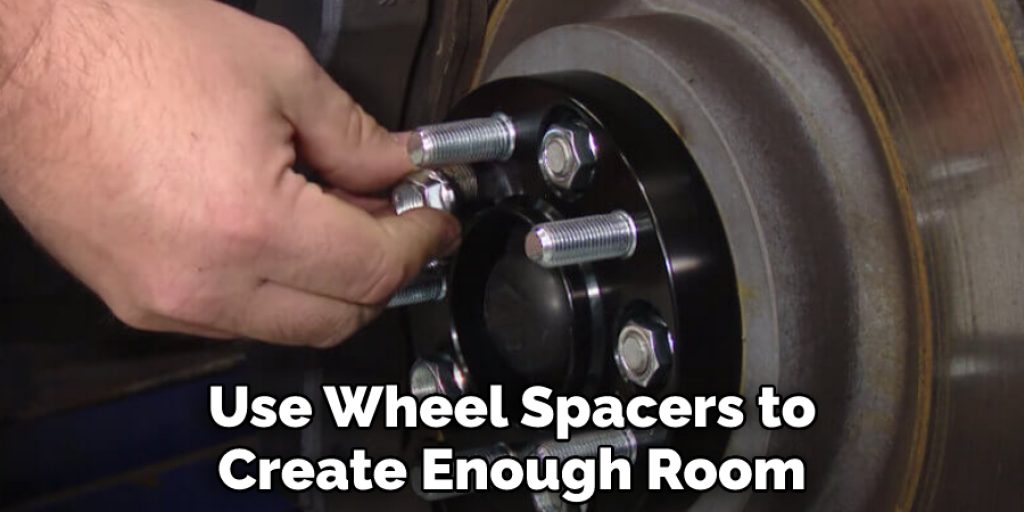
Make sure to consult a professional before doing this, as it can create other issues if done incorrectly. If you decide to go this route, you should also invest in a set of high-quality aftermarket wheels that are designed to fit your vehicle’s specs. This will help ensure the best results and prevent potential damage to your vehicle.
6. Install a Body Lift Kit.
A body lift kit raises the body of the vehicle slightly, which can create more space between the tire and the fender. This is a more extreme measure that should only be undertaken by experienced mechanics or off-road enthusiasts.
Body lift kits come with all the necessary parts and can be installed in a couple of hours. It is important to check that the body kit is compatible with your vehicle before installing it. Additionally, be sure to check that all components are safely secured in place after installation and that any other adjustments have been made.
7. Trim the Fender Liner.
The fender liner is a piece of plastic or rubber that is located between the fender and the tire. Trimming can create more space between the tire and the fender, which can prevent rubbing. However, this should only be done by experienced mechanics or off-road enthusiasts, as it can adversely affect your vehicle’s handling if not done properly.
If you’re not sure how to go about this, have a professional complete the job. Make sure to inspect the fender liner after trimming to ensure there are no sharp edges that can damage the tire.
8. Change Your Driving Habits.
If your vehicle has a tendency to rub the fender while cornering, you may want to adjust your driving habits. Slow down when turning and avoid taking sharp turns at high speeds in order to reduce tire rubbing. Additionally, try to take wide turns whenever possible. This will help keep your tires from rubbing against the fender and potentially damaging it.
9. Check for Worn Suspension Components.
Worn suspension components can cause excessive movement of the wheel and cause it to rub against the fender. This should be checked by a mechanic as soon as possible in order to prevent further damage and improve handling characteristics.
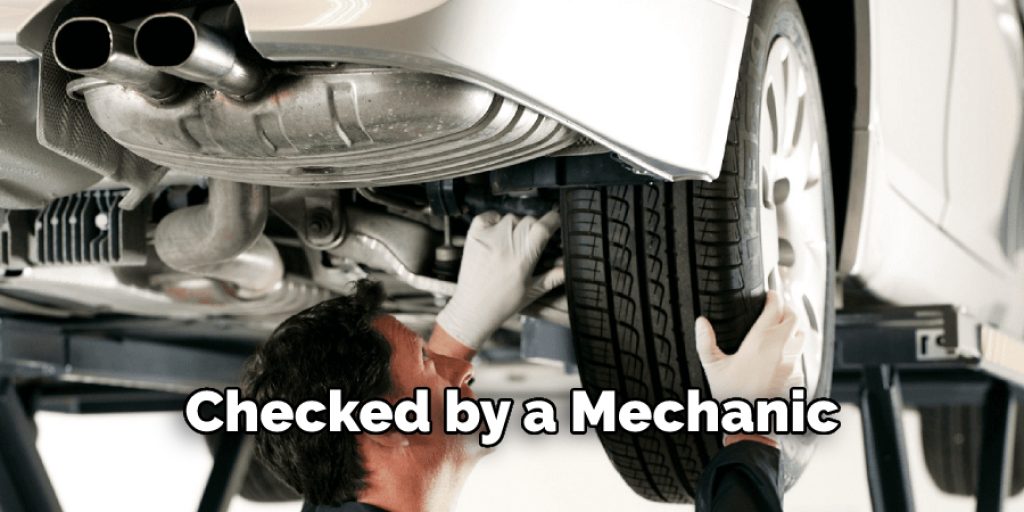
Visually inspect the shocks, struts, and other components for signs of wear or damage. Additionally, look for any loose nuts, bolts, or other fasteners that may have come loose. If any of these components are found to be worn, they should be replaced in order to prevent further problems.
10. Clean out Wheel Wells Regularly.
Wheel wells can become packed with dirt and debris over time, which can increase the amount of contact between the tire and the fender. Clean out your wheel wells regularly in order to reduce the amount of rubbing. Make sure to use a soft brush to remove dirt and debris, so you don’t damage the fender. However, if your wheel wells are already damaged, then you should replace them before attempting to fix the tire rub.
Following these steps can help you to stop tires from rubbing against fenders and keep your vehicle’s handling characteristics at optimal levels. However, if you are still experiencing tire rub after implementing these measures, it is recommended that you consult a professional mechanic for further assistance. They will be able to diagnose the issue and come up with a more permanent solution. Doing so can save you time, money, and hassle in the long run!
Will Wheel Spacers Stop My Tires from Rubbing?
Using wheel spacers can be a cost-effective and efficient solution for many rubbing tire issues. They typically come in two forms: hub-centric or lug-centric. Hubcentric spacers are installed between the hub and wheel to push out the wheels, while lug-centric spacers fit between the hub and lug nuts on the wheel itself. Both types of spacers can create a larger gap between your fenders and tires, allowing you to reduce or eliminate any rubbing issues.

Wheel spacers also provide additional benefits, such as improved handling performance and increased cornering stability due to their wider stance on the ground. However, it is important to note that you should always select wheels with enough offset so they will not rub against your vehicle’s inner fender walls once they are installed using wheel spacers. You should also check your vehicle’s manufacturer specs for the maximum recommended wheel spacer size before installation.
Conclusion
You can fix a rubbing tire by installing fender washers or spacer bolts. If your tires are still rubbing, you may need to adjust the position of your axle shafts. You can also prevent tires from rubbing in the future by choosing the right size tires for your car and having them installed correctly. With a little know-how to stop tires from rubbing fender and some elbow grease, you can keep your tires from Rubbing on your fenders.

